As India remembers its soldiers who fought and died in the Kargil War, Rediff.com's Divya Nair recalls a recent day of homage at the Kargil War Memorial.
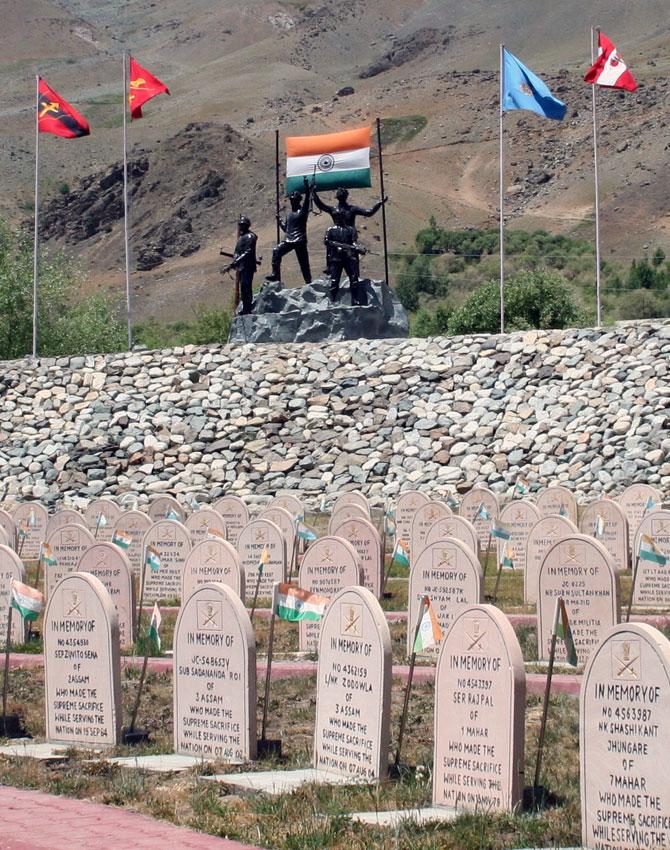
It was past 10 am when we entered Kargil, synonymous for me with the Kargil War of 1999.
I was in Class 9 when I had read details of the war in the school assembly as part of the daily news bulletin. It was difficult to understand why a war was taking place in Independent India, but our class teacher told us to pray for our soldiers.

At the Kargil war memorial, a soldier announces that chappals and shorts are not allowed inside.
There is no entry fee, but there is an unwritten dress code, which people will discover when they arrive there.
On a busy day, approximately 2,000 people visit the memorial. A book maintains a record of the visitors, but there is no compulsion to share your details.
The soldiers are not supposed to be photographed, but I notice a bunch of men aiming a selfie to cover the troops in the frame.
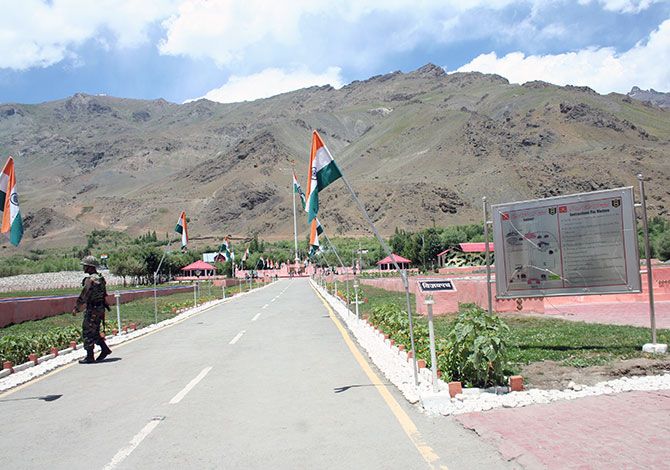
The main gate is guarded by two armed soldiers. Vijaypath, the path that leads to the memorial, is flanked by shrubs on either side. The helipad is named after martyred Captain Vijyant Thapar, who won a Vir Chakra for his bravery.
The memorial has a huge structure with the words OP VIJAY embossed in bold. Below the structure is a poem by Pandit Makhanlal Chaturvedi:
Chah nahen main surbala ke
Gehanon mein goontha jaon
Chah nahin, premi mala mein
Bindh pyaari ko lalchaaoon
Mujhe tod lena vanmaali
Us path par dena tum phenk
Matrubhumi par shish chadhane
Jis path par jaayen veer anek
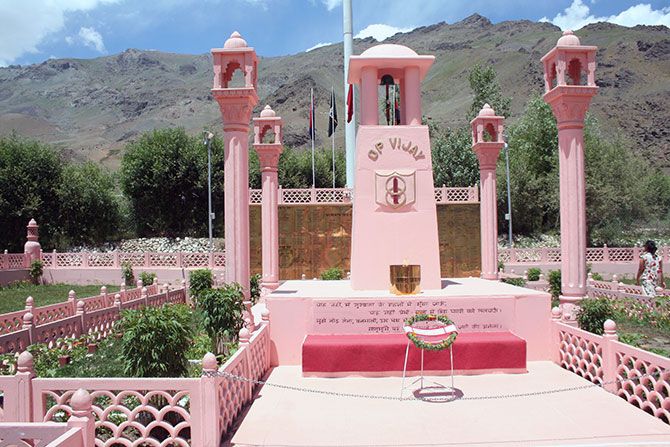
At the centre of the memorial is a 100 feet flag pole which holds the Indian tricolour which weighs 15 kg. The wall behind is engraved with names of the martyrs who laid their lives in the war. To the extreme left of the memorial are tombstones of all the soldiers who have died in Kargil since 1947.
A museum takes you through the lives of the soldiers -- installations and photographs of the extreme climatic conditions they live in, the battles, details of ammunition used and recovered from enemy troops, handwritten letters from soldiers, letters recovered from Pakistani troops etc.
One heartfelt letter by a 20-something soldier to his father mentioned how he'd felt scared and nervous about the war, about inspiring and leading a battalion of soldiers who were twice his age.
I felt a lump build up inside my throat thinking about the pain and sacrifice the soldiers must have undergone at the time of going to war. There is also a letter from a father acknowledging his young son's courage.
As the crowd picks up, one officer gives us a quick history of Kargil and the 1999 war.
The officer's address ends with powerful chants of "Bharat Mata Ki" from his audience.
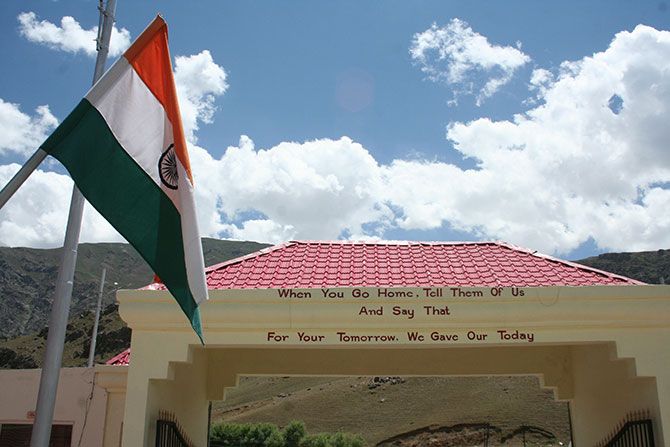
"I have come here thrice -- with friends, family and colleagues," one elderly visitor Amarkant Singh tells me. "No one is really interested in war memorials."
"You must visit Wagah. Wahan jo energy hai na, bahut zabardast hai. Uss taraf Pakistani, iss taraf Hindustani. Waha Bharat Mata Ki bolne me aur achha lagta hai," he adds.
As I leave, with a heavy heart, I reflect about the message on the gate: 'When you go home, tell them of us. And say, for your tomorrow, we gave our today.'
Click here to watch the video:
Video: Kind courtesy Kiran Kashikar




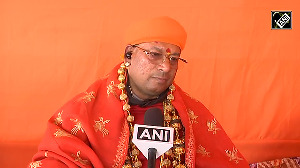

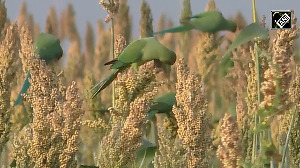
 © 2025
© 2025